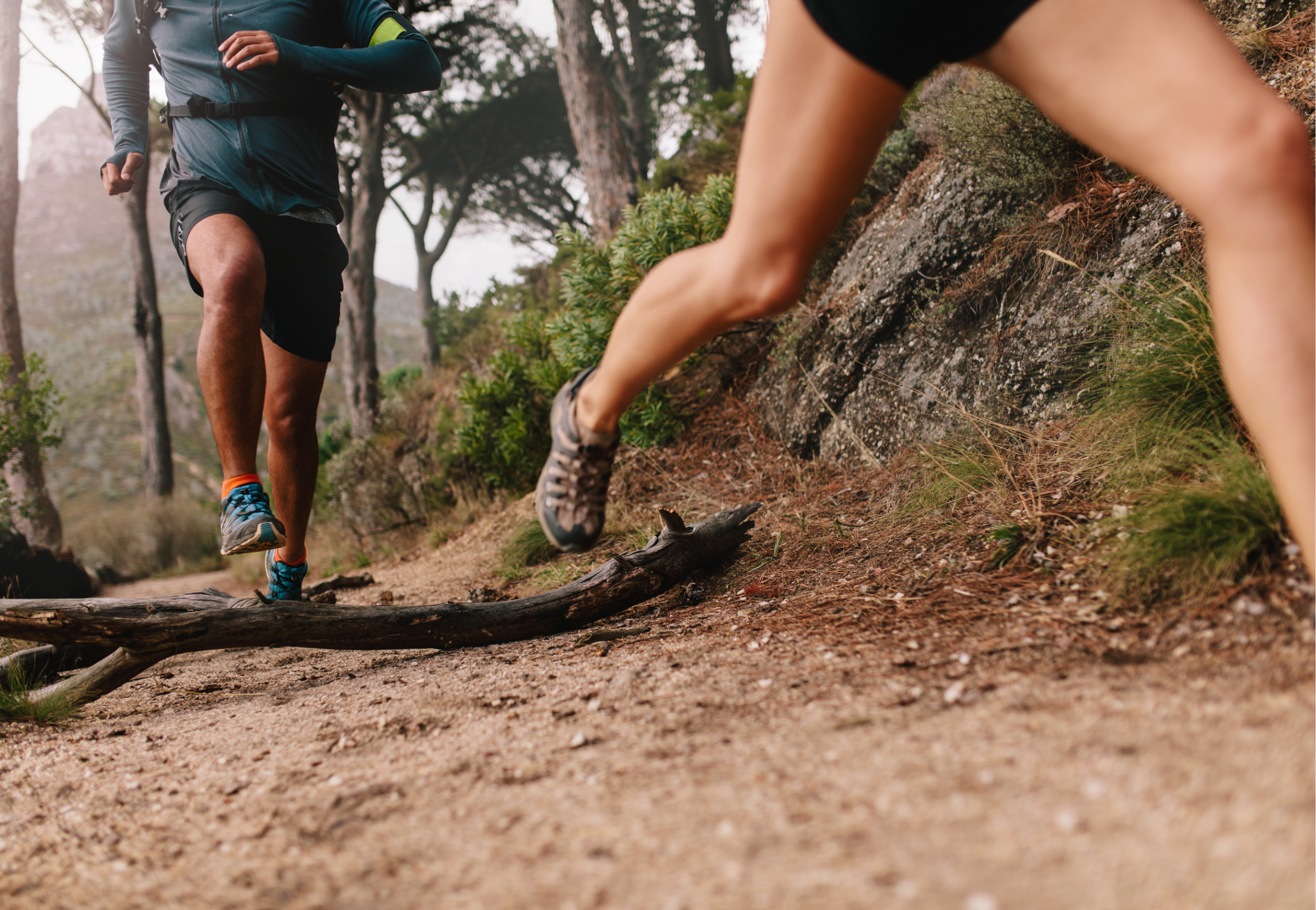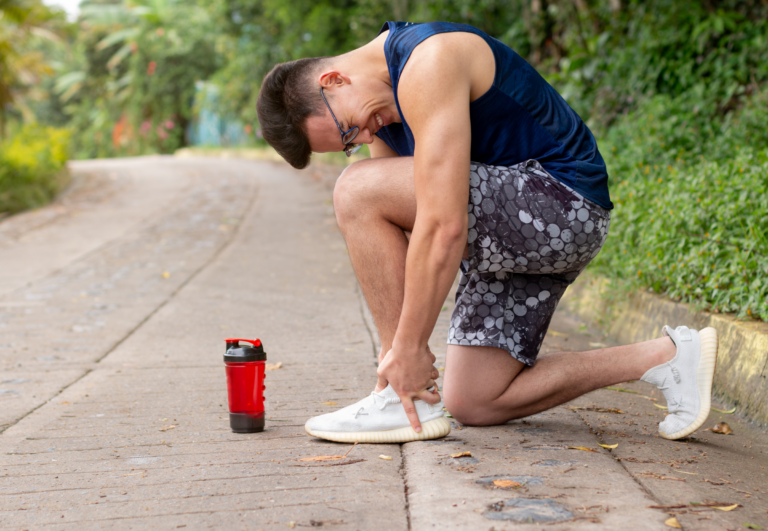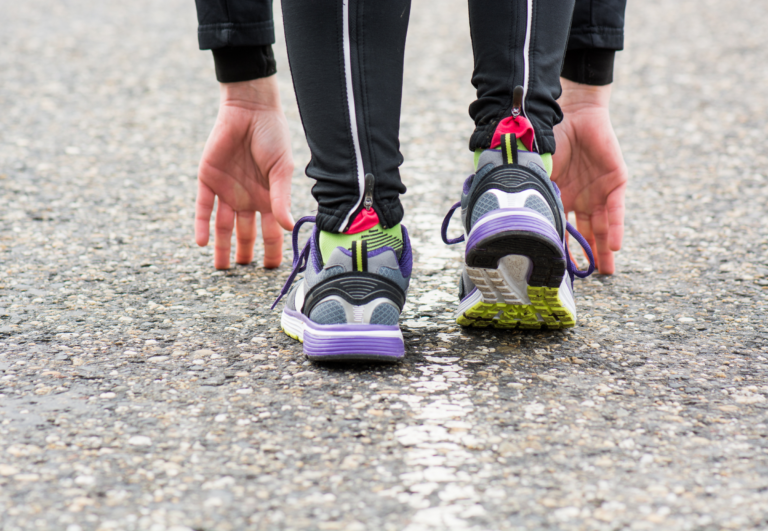How to Transition from Road to Trail Shoes: A Seamless Switch for Runners
Transitioning from road running to trail running can be an invigorating experience, but it requires a gear shift, notably in your choice of footwear. Trail running shoes are specifically engineered to tackle uneven and challenging terrain, providing more traction, durability, and protection compared to their road counterparts. The transition from smooth asphalt to the unpredictable nature of trails demands shoes that can adapt to both environments, especially for runners who find themselves on a variety of surfaces during their sessions.
My experience as a running coach has taught me the importance of selecting the right footwear when bridging the gap between road and trail running. Road to trail running shoes offer a versatile solution, crafted to handle the hardness of asphalt while still offering the grip and stability needed for off-road conditions. They can be a worthwhile investment for those looking to enjoy the best of both worlds without switching shoes. Opting for a hybrid shoe with adequate cushioning for the roads and sufficient grip for the trails can make your transition seamless and more enjoyable.
How To Transition from Road to Trail Running Shoes
Transitioning from road to trail running requires careful adjustments to your running form and understanding of varied terrain. As an expert and certified coach, I’ll share strategies that help road runners adapt successfully.
Adjusting Your Running Form and Technique
My experience has shown that proper running form on trails differs from road running. Focus on a shorter, quicker cadence and maintain a light, agile step to navigate obstacles. Your arms should be wider to help with balance, and your gaze should be forward but lower to anticipate the terrain.
- Running Form Techniques:
- Shorten stride: to maintain balance over uneven surfaces.
- Quick Cadence: Adjust your steps to be lighter and more frequent for better responsiveness.
Building Strength and Stability
Strength and stability are key for a smooth transition. Core and lateral muscle strength are critical for stability on uneven surfaces. Include exercises such as side planks, lunges, and squats in your routine to improve strength.
- Strength Training Plan:
- Core Workouts: Daily exercises that target the core muscles.
- Leg Strength: Twice a week, focus on exercises that build leg muscles necessary for trail running.

Adapting to Varied Trail Conditions
Expect to encounter a variety of conditions on the trails. Learn to adjust your pace according to the gradient and terrain. You may need to walk steep hills or technical sections. Your running technique should be flexible enough to handle rocks, roots, and mud.
| Condition | Pace Adjustment | Technique Tip |
|---|---|---|
| Rocky Terrain | Slow down, high focus | Lift feet, use arms |
| Muddy/Slippery | Careful, measured steps | Lower center of gravity |
| Steep Inclines | Power-hike if needed | Lean into the hill, push from hips |
By incorporating these specific adjustments into your training, your transition to trail running will not only be safer but also more enjoyable. Remember, it’s about building new skills to embrace the challenges of the trails.
Training and Preparation for Trail Running
Transitioning to trail running requires specific training to enhance balance, strengthen muscles, and improve proprioception. My approach focuses on key exercises, smart route selection, and incorporating cross-training for a well-rounded preparation.
Essential Trail Running Exercises
Trail running demands a skill set that emphasizes stability and agility. I recommend starting with these exercises:
- Dynamic exercises: Incorporate high knees, butt kicks, and lateral shuffles to increase agility.
- Hill training: Find a moderate hill and perform repeats to build leg strength and endurance.
- Lunges: Add stationary lunges, walking lunges, and Bulgarian split squats to your routine to strengthen your leg muscles and improve balance.
- Single-leg exercises: Single-leg deadlifts and pistol squats are excellent for improving the proprioception and strength needed for uneven terrain.
How to Find and Select Running Routes
Choosing the right location is essential:
- Park trails: Start with well-groomed park trails to ease the transition from road to trail.
- Trail apps/websites: Use resources like AllTrails to find trails with varying difficulty levels.
When selecting a route, consider the following:
- Elevation changes
- Trail surface
- Distance
- Accessibility
Incorporating Cross-Training and Recovery
Cross-training enhances overall fitness and aids in injury prevention:
- Cross-training activities: Engage in cycling, swimming, or rowing to build cardiovascular endurance without the impact of running.
Recovery is crucial for sustained training:
- After workouts, focus on:
- Stretching
- Foam rolling
- Adequate nutrition
A balance between intense workouts and recovery protocols will facilitate a smooth transition while maintaining fitness levels.
Supplementing Gear and Techniques for Safety
Entering the world of trail running requires a strategic approach to gear and safety techniques. My focus in this section is to lay out essential equipment and advice that will bolster your confidence and ensure your protection on varying trails.
Navigating Trails with Confidence
To navigate trails with confidence, it’s essential to cultivate a keen awareness of your surroundings. I always recommend studying your intended route beforehand. A trail running app on your phone can be a helpful tool, providing maps and alerts about the terrain ahead. When running, stay present and mindful of each step to avoid trips and falls.
- Trail Running App: Useful for pre-run route checks and live navigation assistance.
- Mindfulness: Key to responding quickly to unpredictable terrain.
Essential Gear for Different Trail Conditions
Diverse trail conditions call for specific gear to tackle them safely. For muddy or slippery routes, trail running shoes with enhanced traction are crucial. In low-light conditions, a headlamp is necessary for visibility. For longer trails that are remote or lack water sources, carrying a hydration pack is a wise decision, as it fosters self-sufficiency and reduces risk.
- Trail Running Shoes: Non-negotiable for grip in diverse terrain.
- Headlamp: A must-have for visibility during dusk, dawn, or dense woods.
- Hydration Pack: Ensures water supply and space for essentials.
Tips for Ensuring Safety on Trails
Safety on the trails hinges on preparation and the right equipment. I always advise wearing a hydration pack that includes space for a basic first aid kit, which increases my self-reliance. It’s also smart to tell someone your route and expected return time. Finally, a fully charged phone is a lifeline in case of an emergency.
- Preparation Checklist:
- Hydration pack (with water and room for a first aid kit)
- Fully charged phone
- Notifying someone about your running plan
Differences Between Road and Trail Running Shoes
Transitioning from road to trail running requires an understanding of how both environments affect your running. The terrain, traction needs, and the impact on your body are significantly different, necessitating a distinct approach to footwear.
Terrain and Traction Requirements
In road running, surfaces are usually smooth and predictable, which means standard running shoes can provide sufficient support. On trails, however, terrain can vary widely, from soft dirt paths to rocky, technical trails. This varied terrain means that trail runners must seek shoes with better traction to navigate rocks, roots, and slippery surfaces safely.
Key differences in terrain and traction:
| Environment | Terrain Characteristics | Traction Needs |
|---|---|---|
| Road | Smooth and stable | Minimal |
| Trail | Uneven and variable | High |
Shoe Sole Design: Lugs and Grip
Trail running shoes distinguish themselves by their sole design. They typically feature prominent lugs—the bumps on the outsole of a shoe—that provide grip over a variety of trail surfaces. Lugs vary in depth; deeper lugs are made for muddy or loose terrain, while shorter ones are suited for firmer, rockier paths. The soles are also usually made of a stickier rubber compound to enhance grip.
Comparison of sole attributes:
| Shoe Type | Lug Depth | Sole Compound | Best For |
|---|---|---|---|
| Road | Minimal | Firmer | Pavement and consistent paths |
| Trail | Deeper | Stickier | Varied and natural terrain |
Impact on Joints and Muscles
Trail running often involves more lateral movements, which can increase the strain on your joints and muscles, especially in the ankles. A trail shoe is designed to offer more support and stability to counteract this increased demand and protect against injuries.
The cushioning and structure of trail shoes also help absorb the impact of running on harder surfaces, which differs from the repetitive, linear impact experienced on the road.
Impact comparison for joints and muscles:
| Running Surface | Impact Type | Support Required |
|---|---|---|
| Road | Repetitive | Cushioning |
| Trail | Multidirectional | Stability and Protection |
Choosing the Right Trail Shoes
When transitioning from road to trail running, selecting the appropriate shoes is crucial for performance and safety. I’ll guide you through the essentials of fit, features, and varieties for different conditions in trail shoes.
Importance of Fit and Comfort
The fit of trail running shoes must be snug to prevent movement within the shoe, which can lead to blisters and discomfort. Comfort is key, given the variable nature of trails. I always suggest trying on several sizes to ensure a confident stride.
- Optimal Fit Checklist:
- Heel securely in place
- A thumb’s width of space in the toe box
- No pinching or tight spots
- Firm grip around the midfoot
Key Features for Safety and Performance
For safety and optimal performance on trails, focus on traction, protection, and cushioning. Enhanced grip prevents slipping on loose or wet surfaces. Protective elements, like toe guards and underfoot plates, safeguard against sharp rocks and roots. Cushioning varies with the rigidity of the shoe which correlates to the type of terrain.
- Safety and Performance Features:
- Traction: Deep lugs for mud, closely spaced for hard-packed soil
- Protection: Toe caps and rock plates
- Cushioning: Balance between soft for comfort and firm for stability
Trail Shoe Varieties for Different Conditions
Trail shoes should match the conditions you’ll encounter, from muddy tracks to rocky ascents. Weather-resistant features for wet conditions include waterproof uppers, while breathable materials work best for dry, hot climates. For rocky terrain, seek shoes with solid rock plates and reinforced uppers.
Conditions and Shoe Type Table:
| Terrain Type | Shoe Features |
|---|---|
| Wet & Muddy | Waterproof uppers, aggressive lugs |
| Dry & Hot | Breathable materials, lighter weight |
| Rocky & Uneven | Durable protection, solid rock plates |
Selecting trail shoes is about finding the right balance—between cushioning for endurance, protection for safety, and weight for agility. Remember the nature of your trails, and let those specifics guide your shoe choice.






